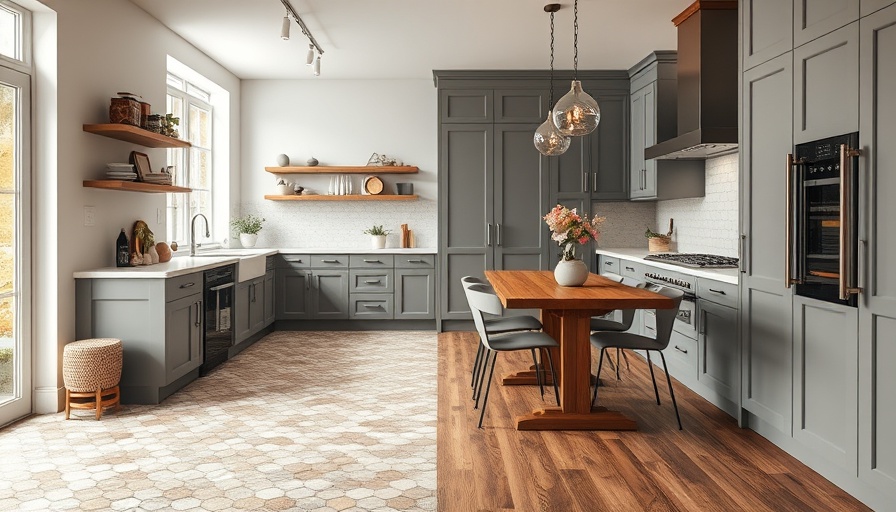
Understanding the Importance of Permitted Development Rights
When it comes to home improvements, knowing what you can do without seeking full planning permission is essential. In 2025, the UK continues to offer homeowners certain liberties under the permitted development rights. This allows many to extend their homes without the typical bureaucratic hassle. But as we dive into the specifics of these rights, it's vital to grasp not just the guidelines, but also the implications they hold for your property value and overall living space.
Key Rules for Extensions Without Planning Permission
If you're eyeing an expansion, it’s a good idea to familiarize yourself with the limitations tied to permitted development. Single-storey rear extensions can be quite accommodating; if your home is detached, you can extend up to four metres, and with prior approval, this can even rise to eight metres. For semi-detached or terraced homes, your limit is three metres—expanding to six with neighbor consultation. However, keep in mind that permits come with strings attached; if objections from neighbors arise, your plans may hit a wall.
Height and Location Limitations: What to Keep in Mind
Your project’s height is another important factor. No matter the type of extension, the maximum height you can achieve is four metres. If your extension is within two metres of your boundary, the eaves height must not exceed three metres. This careful regulation ensures that home expansions do not overshadow neighboring properties, maintaining a degree of harmony within the community.
Double-Storey Extensions: Navigating Added Restrictions
If you’re considering a double-storey rear extension, be prepared for stricter regulations. These extensions cannot exceed three metres from the original rear wall and must remain at least seven metres from the rear boundary—a requirement likely to address concerns about direct sunlight and privacy in adjacent gardens.
What About Side Extensions?
For those considering side extensions, here’s the gist: they are only permitted as single-storey expansions, with a maximum height of four metres and not to exceed half the width of your original house. This limitation is crucial in protecting the architectural integrity and street view of neighborhoods.
Special Cases: Conservation Areas and Article 4 Directions
If you live in a conservation area, be aware that your permitted development rights can be more restricted or entirely rescinded. Homeowners within these regions might find even modest extensions requiring full planning permission. If this sounds familiar, consulting with a specialist like SEH BAC might ease concerns about navigating these regulations while achieving your dream space.
Common Misconceptions About Home Extensions
Many homeowners assume that the rules are uniform across locations, but this is far from the truth. Local councils often have specific interpretations and expectations. Additionally, materials used in your extension must closely match those of your existing home to achieve a seamless look and maintain neighborhood characteristics.
Why Understanding Building Regulations Matters
Understanding these regulations is not just about compliance; it's about making informed decisions that can influence both your property's value and aesthetic. Well-planned extensions that respect local guidelines are likely to enhance your home's appeal, whether you're looking to sell soon or wishing to enjoy your space for years to come.
Next Steps: Planning Your Home Extension
Before embarking on your extension journey, it’s essential to consult with professionals, particularly if you wish to ensure adherence to local building codes. A conversation with experts can clarify what’s possible on your specific property, elements that might lead to complications, and innovative designs that stay within the legal scope.
In conclusion, understanding permitted development rights can save you time, stress, and unnecessary costs when extending your home. But it’s crucial to ensure your project fully complies with current planning and building regulations to avoid delays or enforcement issues. Whether you’re planning a distinctive kitchen renovation or a bathroom makeover, starting with a clear idea of what's permissible is your best foot forward.
If you're considering making a move in the Cape Coral area, whether it's landscaping services or any home improvement, don’t hesitate to explore professionals in your vicinity. Enhancing your home doesn’t have to be daunting, and with the right resources, you can make informed decisions that elevate your living space.
 Add Row
Add Row  Add
Add 




Write A Comment